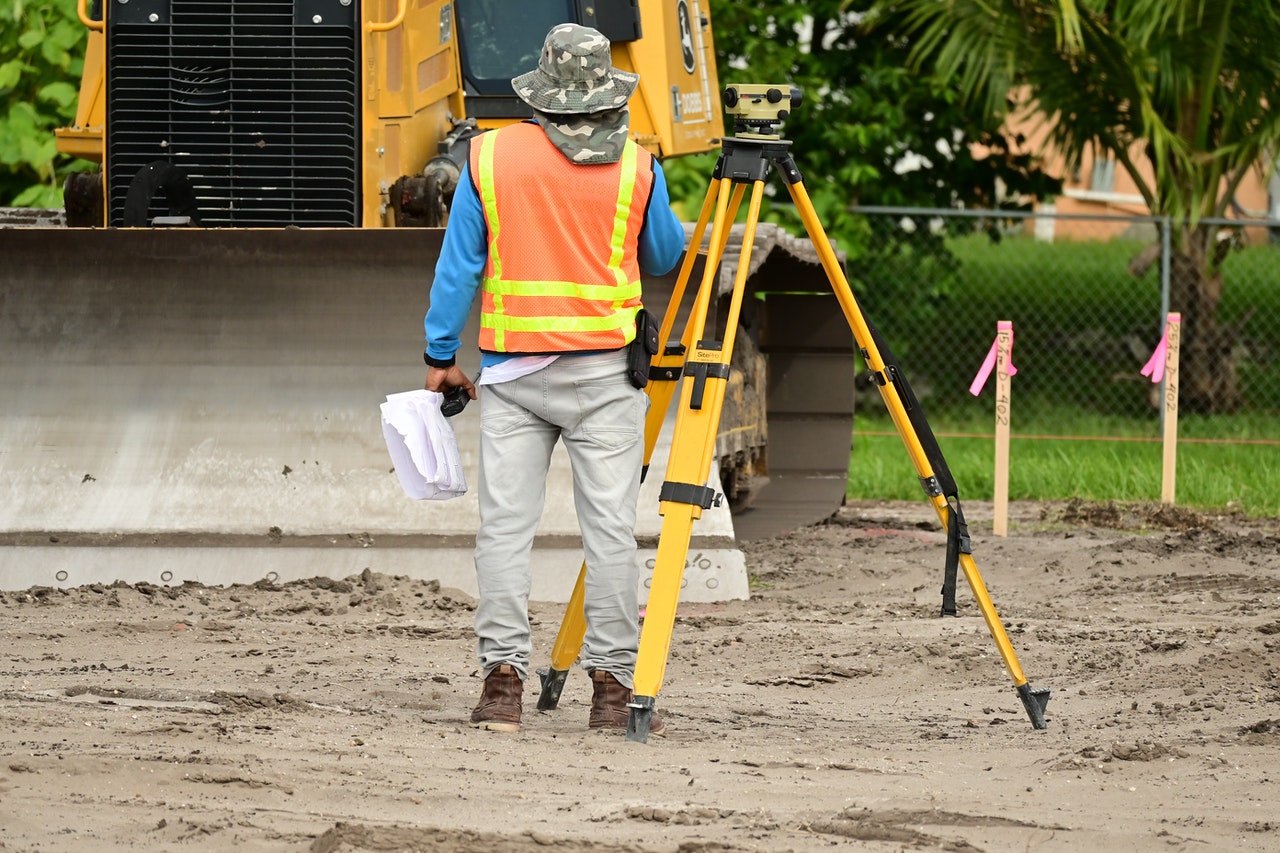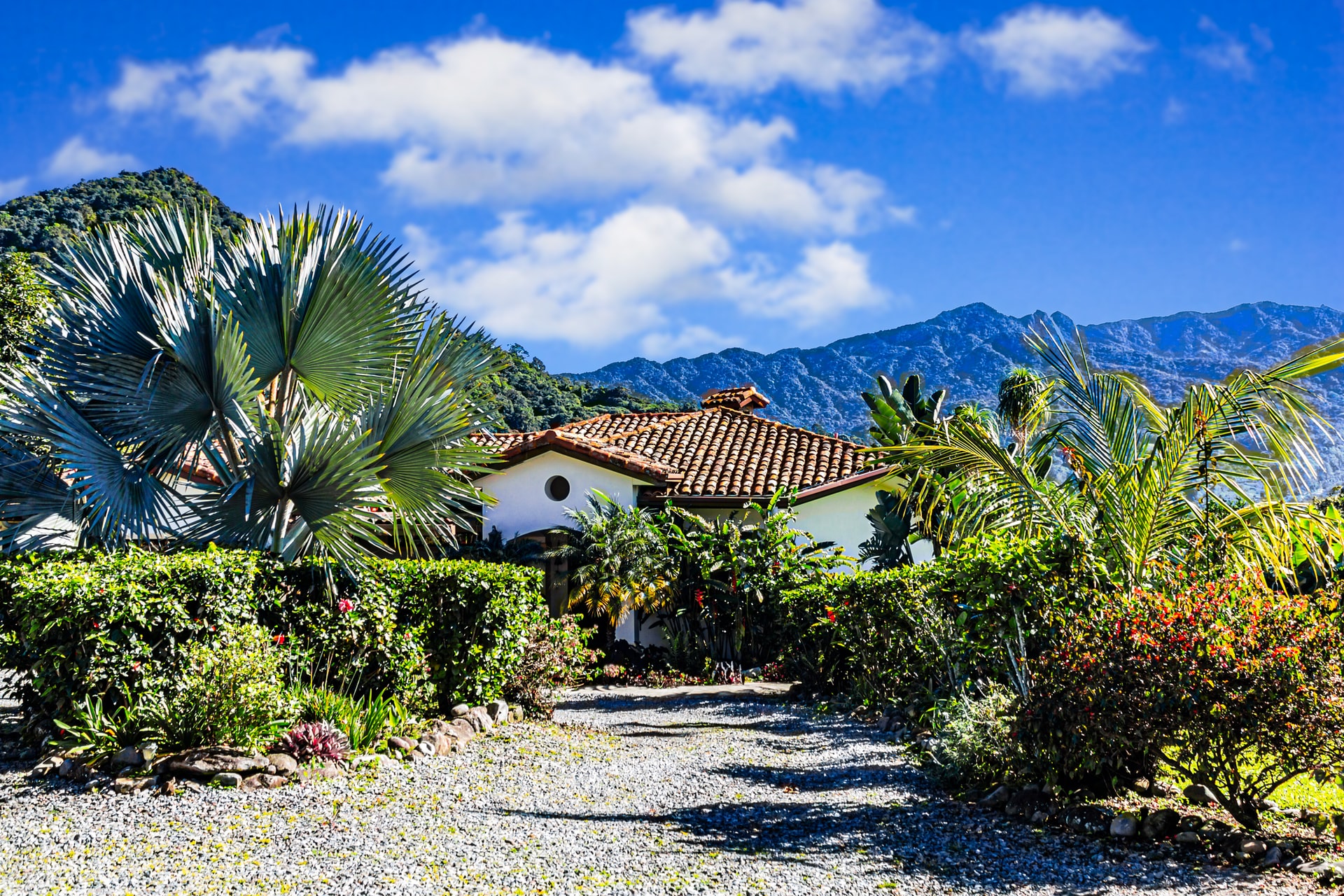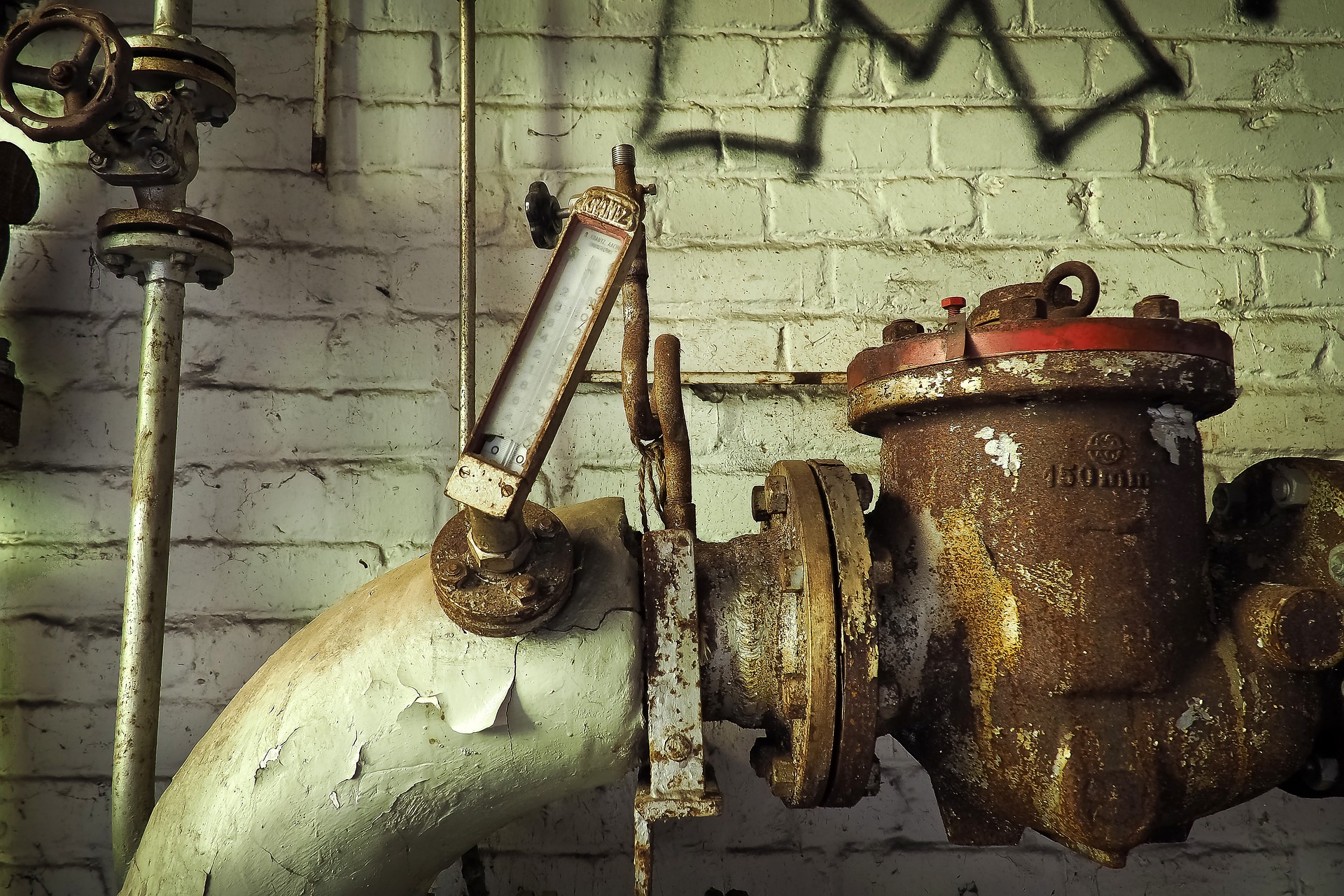Nowadays, septic systems are necessary to have in every infrastructure, either residential or commercial buildings. However, installing a septic system into a commercial business can be a lot of work for starters, especially for those who don’t have background knowledge about it. In fact, there are many factors to consider when choosing the right septic system for a business, such as its size, type, design, compatibility to the landscape, etc. With that, it is important to obtain a handful of knowledge about septic systems before you decide to install one in your business.
To help you with this matter, here is some useful information about the septic systems and some additional notes to remember before installing one in your area.
What are the types of septic systems?
Listed below are the common types of septic systems that can be installed in commercial infrastructures.
Conventional System
These conventional systems are not usually structured for the potential to accommodate a wider number of individuals in a single location. That is why conventional septic systems are preferably used in single-family homes or small business areas.
The system consists of a tank, an underground wastewater infiltration system, and a geotextile fabric layer that protects the clean drain field from contaminants.
As the wastewater drains out of the building and into the septic tank, it will be piped into the drain field. When the wastewater filters into the clean drain field, it begins to flow deeper into the soil and is continuously treated by naturally occurring microbes as it steadily flows through the soil layer and into the groundwater.
Pros: Low cost and easy maintenance/repair as constructors are most familiar with the design.
Cons: Not suitable for small lots and areas.
Chamber System
A chamber system is an example of a graveless system. Gravel-less drainage sites have been commonly used in several states for over 30 years and have become a standard technology to replace gravel systems. They take different forms, including open-bottom chambers, fabric-wrapped pipes, and synthetic materials, including the expanded polystyrene media.
This type of structure consists of a variety of linked chambers. The area below and over the chambers is coated with soil. The pipes transfer the sewer water from the septic tank to the chambers then comes into contact with the soil in the chambers. After that, microbes on or near the soil treat the effluent.
Pros: easy to install, less landscape damage (for installation), chamber system is flexible and can easily adapt to expansion and different features of the lot.
Cons: more chambers is equal to additional maintenance
Aerobic Treatment System
It consists of a watertight tank with an aeration chamber where wastewater and microorganisms make contact with one another in the presence of dissolved oxygen. Compressors or air pumps are used to supply air. The treated water is then pumped to the pressure distribution system for final treatment and disposal. The infused oxygen in the sewage helps to bring nutrients to the wastewater and effectively start the treatment process.
Pros: The small amount of space required can make it a good choice for properties with limited lot area.
Cons: Prone to faults and high maintenance.
Mound System
Another system that can be used where the soil density of the site is inadequate is a mound. A mound is a drainage field raised above the natural soil surface, composed of particular sand materials.
There is a gravel bed with a network of pressurized pipes within the sand fill. Septic tank sewage is pumped through the pipes at controlled amounts to ensure consistent delivery throughout the bed. Furthermore, sewage treatment happens when it passes across the sand and through the natural soil. As mentioned at https://septictank.com/, this type of system requires a huge amount of space, whether the tank is 500 gallons or 1500 gallons. In that case, this type of septic system is not suitable for those who have a limited or small amount of lot space.
Pros: Suitable for places with shallow soil depth or high/excessive groundwater
Cons: High maintenance and requires a large amount of space
Sand Filter System
The sand filter system enables wastewater to flow from the septic tank to the pump chamber and then from the pump chamber to the sand filtration system.
The sand filtration system is simply a large, sand-filled concrete box. Once the wastewater is directly pumped to the top of the box, it filters through the sand that treats the water before it is released into the soil absorption area.
Pros: Ideal for places that don’t have enough soil to sufficiently filter out wastewater. Also, it is energy conserving.
Cons: Prone to pipe clogging.
Evapotranspiration System
Evapotranspiration systems contain unique drainage systems. The base of the evapotranspiration system is lined with a watertight material. After the wastewater reaches the drainage area, it will evaporate into the air. Unlike most septic tank designs, the wastewater never filters into the soil and never enters the groundwater.
Evapotranspiration systems are only beneficial in particular environmental circumstances. The climate must be arid, with ample heat and sunlight. These systems perform best in shallow soils.
Pros: Low maintenance and easy installation.
Cons: High risk of damage if there is too much rain or snow.
Is there a difference between commercial and residential septic tanks?
The answer is no. Both residential and commercial systems have the same specific regulations applied. Still, a commercial septic system differs from a residential one in a few distinct aspects: the size, treatment of wastewater, and the maintenance system.
It is a matter of fact that the size of the septic tank in residential and commercial differs; the bigger supply of water, the larger volume of wastewater. In addition to that, in the commercial septic system, professional maintenance is needed more often.
On the whole, choosing the right septic system to install for your business depends on your preference and also influenced by external factors such as the amount of space and the feature of the land location. All the types of the septic system have their own functionality and features. Furthermore, when selecting a septic system, ensure that you have enough information about the area that it will be installed so that you can avoid further complications in the future.





































